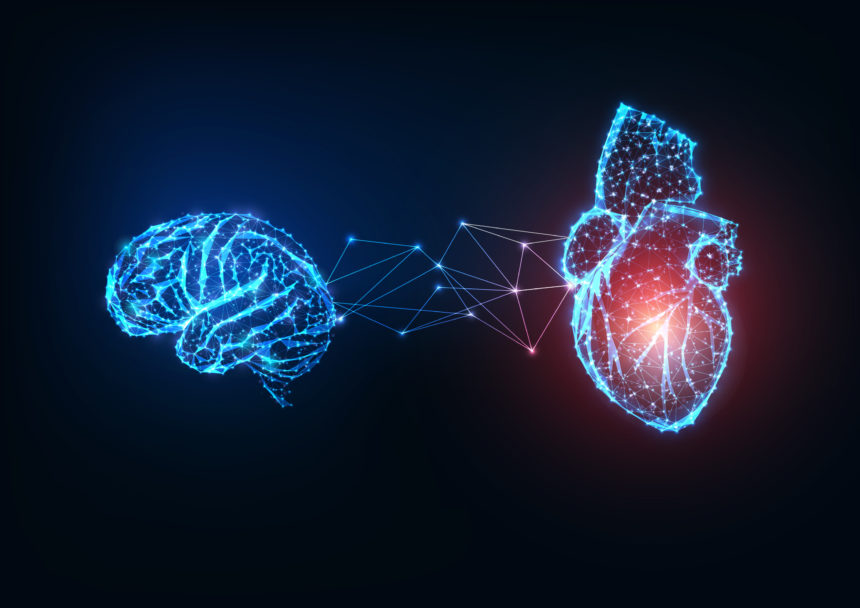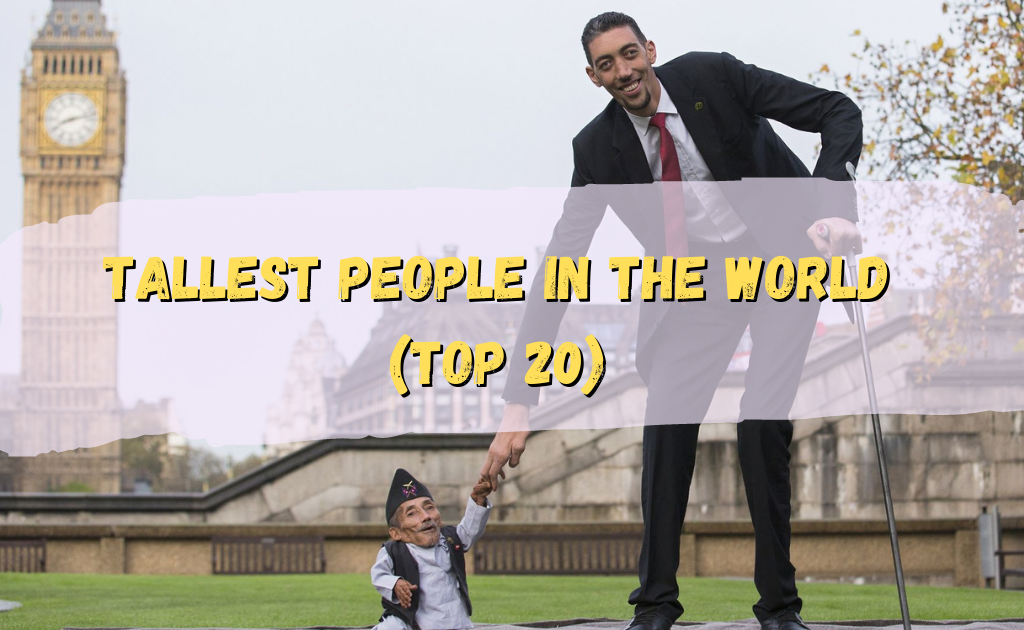
They arrive unexpectedly and without warning, and the thought pulsing through your head, “why now?” fades into the bleak knowledge that this might be the end of your life. So far, so good.
According to a recent study published in the journal Heart, a new machine-learning artificial intelligence (AI) algorithm can accurately predict the probability of cardiac arrest — heart attacks — using timing and weather info.
It is important to remember that the latest machine learning application does not determine when people will die from cardiac arrest. It simply forecasts when the risk of a heart attack will increase.
Locally, machine learning AI was trained and tested.
Machine learning is the study of computational algorithms based on the idea that systems can learn and develop themselves from data by finding patterns and adapting with little or no human interaction. The study discovered that the risk of heart arrest outside of the hospital was greatest on Sundays, Mondays, after sudden rises in temperature during or between days, and on public holidays.
According to the researchers, the latest results could act as an early warning device, lowering the risk of deadly incidents and increasing survival odds, as well as enhancing emergency medical providers’ capacity to plan for serious circumstances. This is notable because out-of-hospital cardiac arrests are widespread around the world and are typically associated with poor survival rates. Climate conditions worsen the risk even more. Climatological data is extremely complex, but the Japanese researchers believe that machine learning can ultimately discover correlations that conventional or one-dimensional mathematical methods cannot.
To expand on the study, the scientists assessed machine learning’s ability to predict regular out-of-hospital cardiac arrests based on spacing, such as the year, season, day of the week, hour of the day, or public holidays, as well as daily weather, such as relative humidity, snowfall, rainfall, temperature, wind speed, cloud cover, and air pressure readings. Between 2005 and 2013, 1,299,784 events occurred, and machine learning was used for 525,374 of them as a testing dataset, using timing data, weather data, or both. These findings were then compared to 135,678 cases between 2014 and 2015 to assess the model’s ability to predict the statistical number of daily cardiac arrests in future years.
A new artificial intelligence technology incorporates temperature and timing data to forecast the likelihood of out-of-hospital cardiac arrests.
To determine the accuracy of this method at the local level, the researchers performed a “heatmap study,” which used a separate dataset taken from out-of-hospital cardiac arrests in Kobe between January 2016 and December 2018. When timing and weather data were combined, cardiac arrest forecasts for out-of-hospital incidents were found to be highly accurate for both testing and teaching datasets. Combining weather and timing data created the “hotspots” of cardiac arrests on Sundays, Mondays, low temperatures, rapid rises in temperature, winter, and public holidays.
The researchers, however, do not appear to provide detailed knowledge about the location of heart attacks outside of Kobe, and they lack evidence about people with pre-existing medical conditions. Both extraordinary circumstances may have influenced their outcomes. “Since this analysis had a broad sample size and used detailed climatological evidence, our statistical model for the daily occurrence of [out of hospital cardiac arrest] is broadly generalizable for the general population of developing countries,” the researchers wrote in an embargoed release shared with Interesting Engineering.
“The approaches built in this study serve as an example of a modern predictive analytics approach that could be extended to other clinical results of concern relating to life-threatening acute cardiovascular disease,” the researchers concluded. “In the future, this forecasting model could be useful for avoiding [out-of-hospital cardiac arrest] and enhancing patient diagnosis through an alert mechanism for people and [emergency care services] on high-risk days.”
It is important to note that this research does not promise a method for predicting when people will die from cardiac arrest. The new machine learning AI simply determines when the probability of developing a heart attack is high, given the fact that it is a leading cause of death. With this in mind, the possible medical, technological, and personal implications for improving the human being are enormous.




